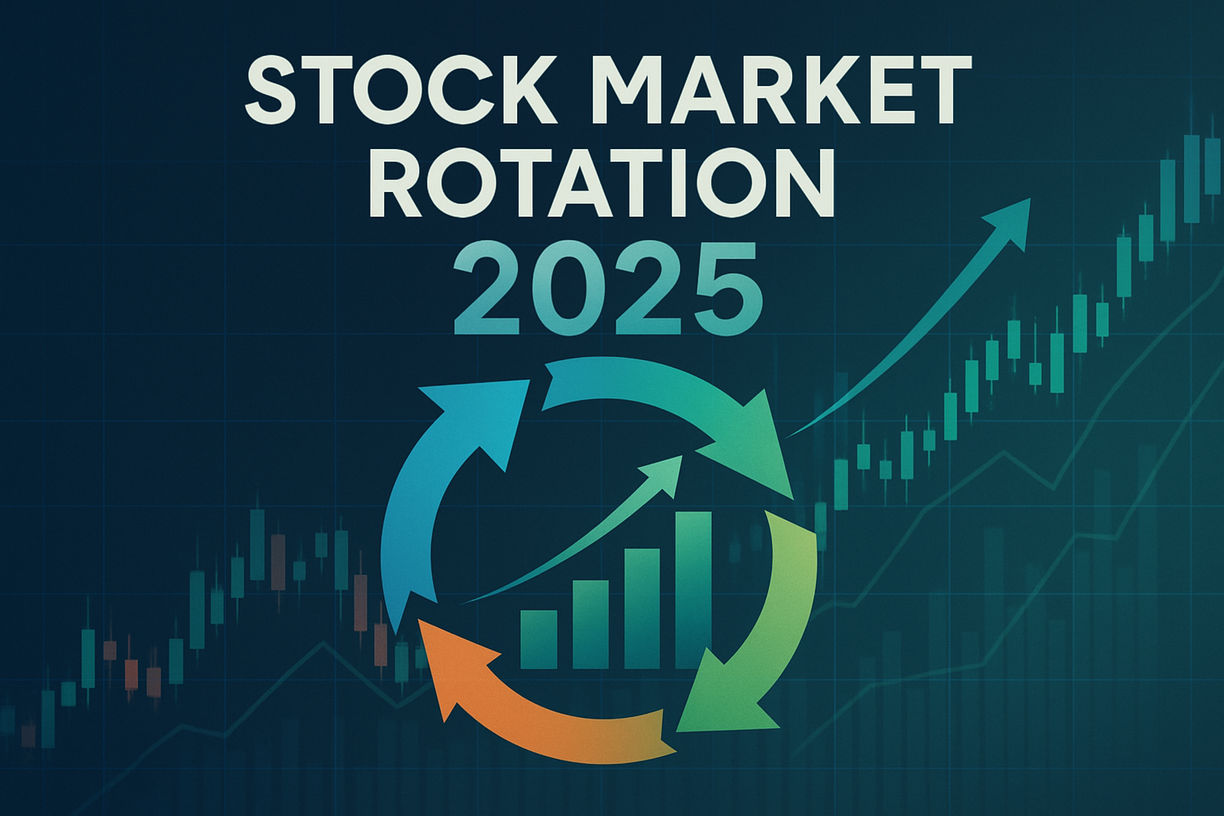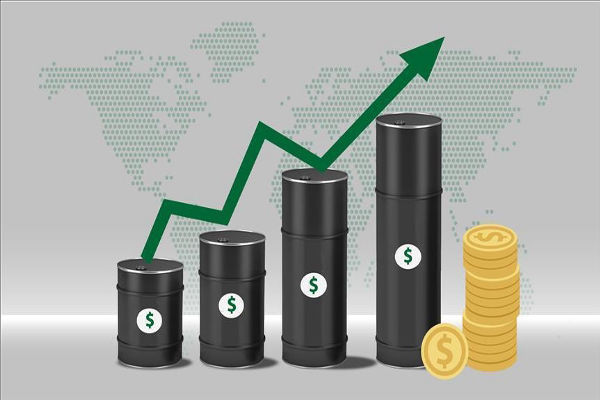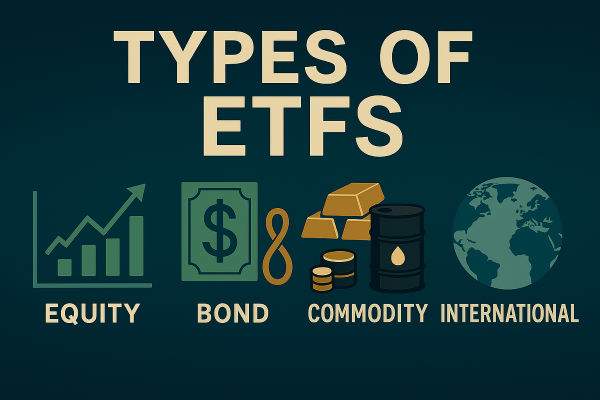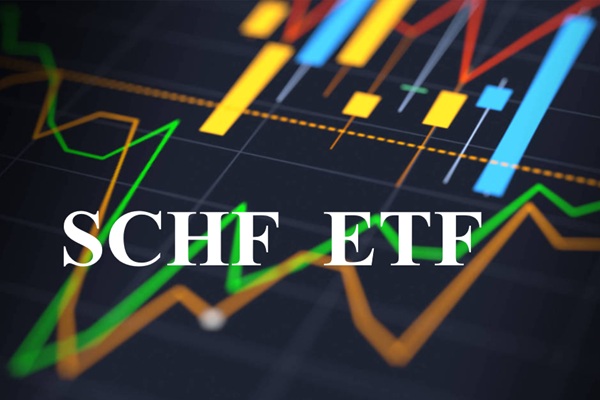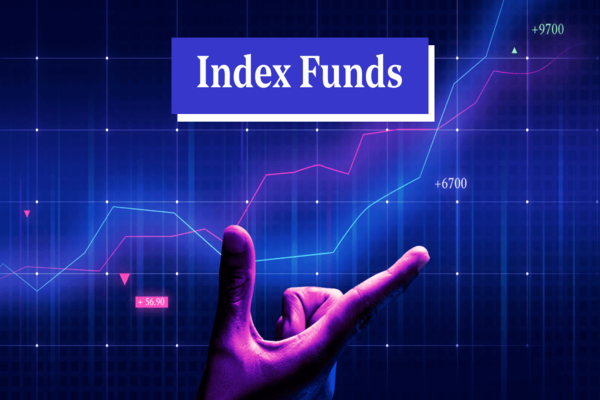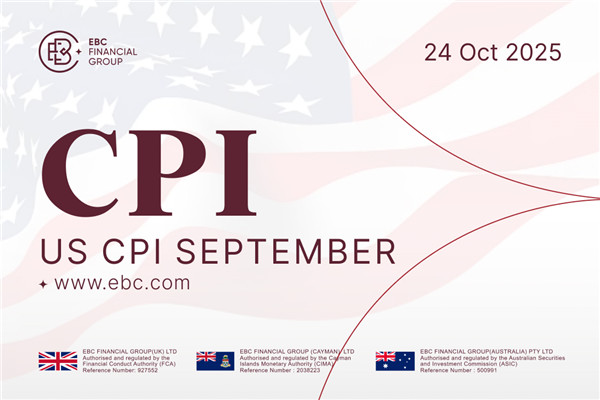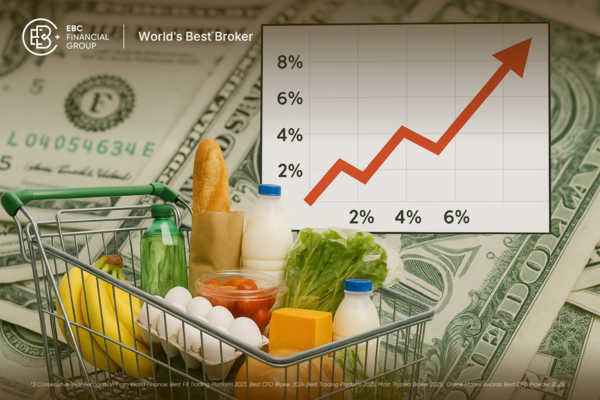Investing in international exchange-traded funds (ETFs) exposes investors to global markets and provides diversification beyond domestic equities.
These ETFs offer exposure to various regions and sectors, allowing for a balanced investment approach. As of 2025, several international ETFs have demonstrated strong performance, making them attractive options for diversified investing.
Below is a list of the ten best international ETFs, highlighting their key features and performance metrics.
10 Best International ETFs to Consider for 2025 and Beyond

1) Vanguard Total International Stock ETF (VXUS)
VXUS provides one of the most comprehensive exposures to international equities by excluding U.S. stocks entirely and incorporating developed and emerging markets. In 2025, the appeal of VXUS lies in the global economic recovery and regional rotation in equity performance. While U.S. markets face high valuations and slower earnings growth, international markets, especially in Asia and Europe, have become more attractive due to lower valuations and improving fundamentals.
For context, VXUS provides broad exposure to international stocks, excluding U.S. equities. It tracks the FTSE Global All Cap ex-US Index, encompassing developed and emerging markets. With over 8,500 holdings, VXUS offers extensive diversification.
As of early 2025, VXUS has shown a year-to-date return of 9.2%, outperforming the SPDR S&P 500 ETF Trust (SPY), which declined by 3.2% during the same period.
2) iShares Core MSCI EAFE ETF (IEFA)
IEFA targets established markets in Europe, Australia, and the Far East, excluding North America. With high weightings in markets like Japan, the UK, and France, the ETF captures companies that benefit from stable governance, mature capital markets, and growing exports.
As the U.S. dollar shows signs of recovery, foreign equities in developed markets become even more attractive to U.S. investors due to favourable currency exchange impacts.
Additionally, IEFA's low expense ratio of 0.07% makes it suitable for long-term investors seeking low-cost exposure to global blue-chip companies.
3) iShares Core MSCI Total International Stock ETF (IXUS)
IXUS offers similar exposure to VXUS but tracks a different index — MSCI ACWI ex USA. The structure is slightly skewed toward developed nations but has exposure to Asia and Latin America's growth.
In 2025, with the U.S. dollar showing signs of softening after a prolonged strong run, this ETF could benefit from favourable currency tailwinds.
For additional context, IXUS offers broad exposure to international stocks, excluding the U.S., by tracking the MSCI ACWI ex USA Index. It comprises over 4,400 holdings, with regional distribution of 41.6% in Europe, 26.5% in the Pacific, and 25.2% in emerging markets. The ETF boasts an expense ratio of 0.07% and a distribution yield of 2.95%.
4) Vanguard FTSE All-World ex-US ETF (VEU)
VEU is often used as a one-stop-shop for international investing by those who want broad exposure but don't want to handpick regional ETFs. Its strength lies in tracking large and mid-cap companies outside the U.S., making it ideal for those focused on stability and long-term appreciation rather than high-risk, high-reward plays.
For example, VEU targets large and mid-cap stocks outside the U.S., tracking the FTSE All-World ex-U.S. Index. It holds approximately 3,842 stocks, with regional allocations similar to VXUS. The ETF has an expense ratio of 0.07% and a distribution yield of 3.30%.
5) iShares MSCI Poland ETF (EPOL)
Poland has emerged as one of the standout performers in the EU's eastern bloc. Its economy is growing faster than the EU average, driven by strong domestic consumption, infrastructure investments, and a manufacturing renaissance as global companies diversify production away from Asia.
EPOL provides exposure to Polish equities, tracking the MSCI Poland IMI 25/50 Index. Poland's economy has shown resilience and growth, making it an appealing market for investors. As of early 2025, EPOL has delivered a year-to-date return of 39%, highlighting its strong performance among country-specific ETFs.
6) DFA Dimensional International Small Cap value etf (DISVX)
Small-cap value stocks often get overlooked in global portfolios, but they provide crucial diversification benefits. In 2025, DISVX stands out for tapping into a segment of international markets that tends to outperform during the early stages of global economic recovery. These companies are often domestically focused and benefit more directly from local consumer and industrial spending.
With valuation spreads wider than large-cap growth stocks, DISVX offers contrarian appeal and the potential for alpha in a diversified strategy.
7) First Trust Germany AlphaDEX Fund (FGM)
Germany is Europe's economic engine, and its industrial strength makes it a global leader in manufacturing, engineering, and green technology. FGM uses a smart beta strategy, the AlphaDEX stock selection methodology to select stocks based on growth and value metrics, avoiding the pitfalls of cap-weighted indices.
As Germany's export markets recover and capital investment increases, FGM benefits from cyclical tailwinds. With improving PMI readings and increased demand for German machinery and autos in 2025, FGM is positioned well among international smart beta ETFs.
As of early 2025, FGM has achieved a year-to-date return of 29.6%, reflecting the strength of German markets.
8) Select STOXX Europe Aerospace & Defense ETF (EUAD)
The geopolitical landscape in 2025 is dominated by heightened defence spending in Europe, driven by ongoing conflicts and new defence commitments across NATO and EU member states.
EUAD directly captures this thematic trend, with companies in the fund benefiting from government contracts, modernisation initiatives, and growing export orders. The ETF has seen a sharp rally this year, outperforming broader European markets.
As of early 2025, EUAD has achieved a year-to-date return of 46%, reflecting increased defence spending in Europe. To investors looking to capitalise on defence and aerospace infrastructure investment, EUAD provides one of the best international ETF choices.
9) Global X Defense Tech ETF (SHLD)
Global defence and cybersecurity are no longer niche themes — they're front and centre. SHLD captures the momentum in defence innovation, including drone technology, AI-based surveillance, and missile systems.
Countries across Europe, Asia, and the Middle East are increasing military budgets. In 2025, SHLD has delivered a YTD return of 29%, reflecting the sector's growth and investor interest. Investors looking to benefit from long-term defence sector growth find SHLD an efficient and diversified vehicle to do so.
10) Franklin FTSE Japan ETF (FLJP)
Japan's stock market has surged to multi-decade highs in 2025, buoyed by corporate reforms, strong earnings, and favourable currency dynamics. The yen has remained relatively weak compared to global currencies, making Japanese exports more competitive.
At the same time, Japanese companies are increasingly adopting shareholder-friendly practices, such as stock buybacks and higher dividends. FLJP capitalises on these trends, offering investors targeted exposure to one of the world's most innovation-driven and export-oriented economies.
For context, FLJP offers targeted exposure to Japanese equities, tracking the FTSE Japan RIC Capped Index. Japan's economy, known for its technological innovation and export-driven industries, presents unique investment opportunities. FLJP has an expense ratio of 0.09%, providing cost-effective access to Japan's stock market.
Why Global Diversification in 2025 Is Important?
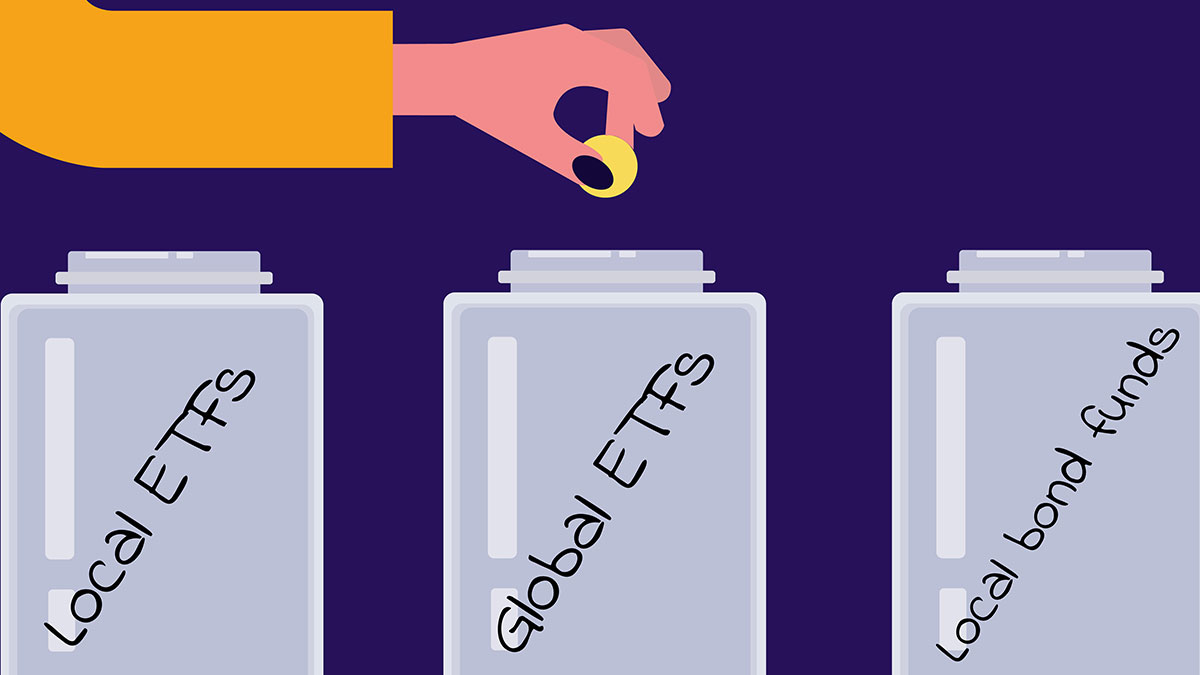
In today's interconnected global economy, relying solely on domestic equities exposes investors to country-specific risks. Whether it's the looming threat of inflation, shifting interest rates, or local political instability, a geographically diversified portfolio helps buffer against these fluctuations.
International ETFs allow investors to spread risk across various economies, industries, and currencies. Therefore, the need for this diversification is more pronounced than ever due to increased geopolitical volatility, differentiated growth patterns among regions, and sector-specific booms in certain parts of the world.
Conclusion
In conclusion, incorporating international ETFs into an investment portfolio can enhance diversification and provide exposure to global economic growth.
The ten best international ETFs highlighted above offer various avenues for global investing, catering to different risk appetites and investment strategies. As always, investors should conduct thorough research and consider their financial goals before making investment decisions.
Disclaimer: This material is for general information purposes only and is not intended as (and should not be considered to be) financial, investment or other advice on which reliance should be placed. No opinion given in the material constitutes a recommendation by EBC or the author that any particular investment, security, transaction or investment strategy is suitable for any specific person.








